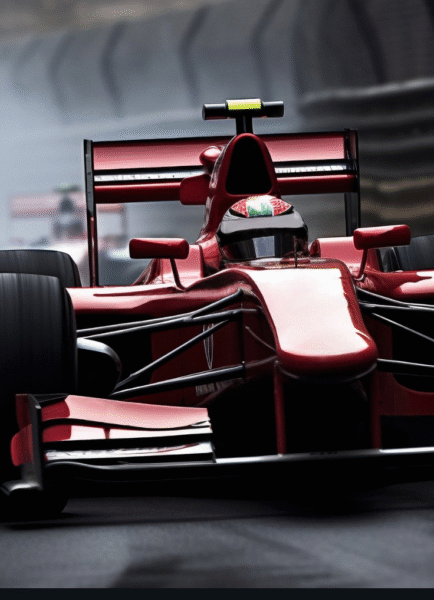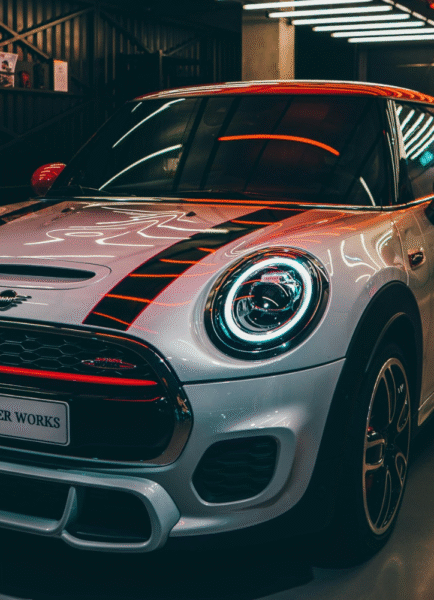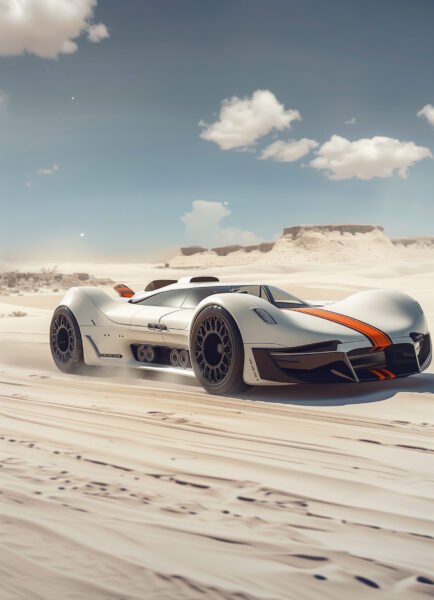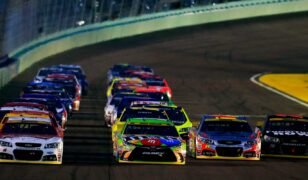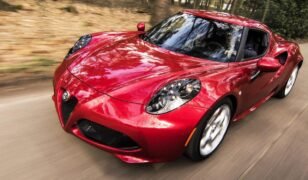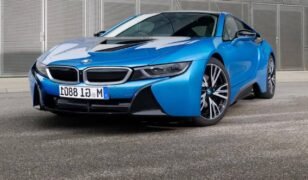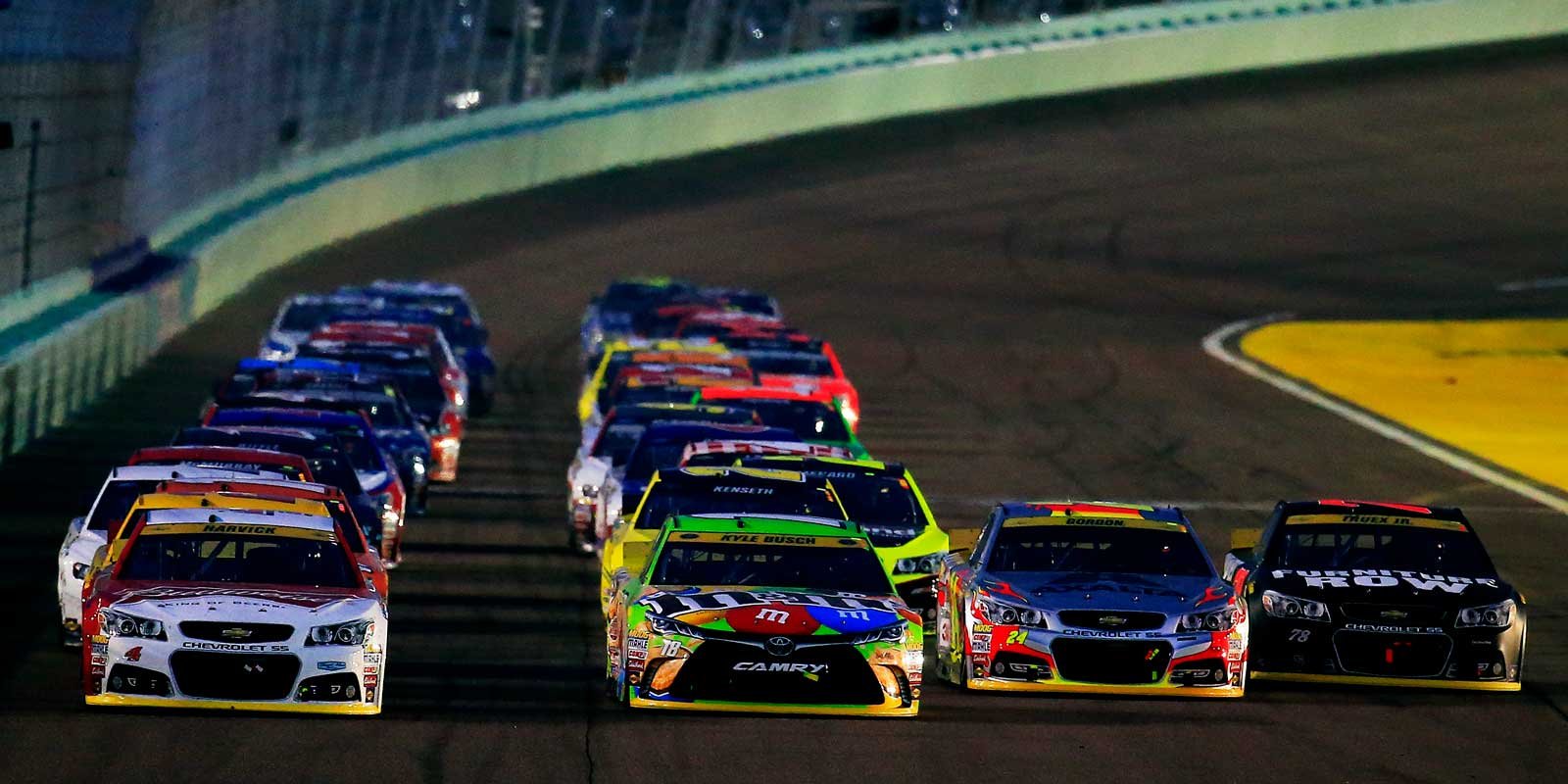One of the biggest, most enduring, and most well-liked auto shows in the world, the century-old L.A. Auto Show begins its 10-day run on Friday.
In addition to thousands of car enthusiasts, the 110th edition of the show at the Los Angeles Convention Center attracts a sizable number of industry professionals as well as automotive and technology journalists who are interested in getting a close-up look at the newest vehicles.
The center held a companion event called AutoMobility LA for the four days before the show’s public opening. This program featured conferences led by representatives from tech companies and automakers whose products are helping construct the automobiles of the future, as well as the debut of new models.
Lefteris Tsironis, the show’s head of experiential marketing and communications, is assisting in directing the installation. Tsironis, who everyone nicknames Lefty, was asked to discuss the show and its continued popularity. This is a space-adjusted transcript:
How many vehicles can people see?
Approximately 70 [all-new] debut vehicles will be on the floor, and during the public days of the exhibition, nearly 1,000 automobiles will be on display.
What will be the attendance across the 10 days?
Hundreds of thousands of people attend the exhibition, however we don’t disclose the actual figures. And over the decades, it has been quite constant from year to year.
Over 5,000 journalists from 65 nations attended the exhibition last year. Approximately 20,000 experts from the industry also attend.
Do car shows like this really help sell cars?
Indeed, they do. According to J.D. Power & Associates, this is the most influential market and the top car-buying market in the US. We have car buyers who want to enter a hassle-free environment where they can ask all the questions they want and get into every vehicle. This is where influence happens.
What are the main reasons people come to the auto show?
People are curious about what’s new, what’s hot, what they can acquire, what’s on the road, and the technology that powers it. Second, this [event] is really accessible, and people are looking for something to do and discover. People of various ages and backgrounds frequent there, and depending on the day you visit, it costs $12 or $15.
On average, they explore for four hours. It truly appeals to Hollywood and Southern California because it offers test drives, attractions, customizers, tuners, and the general car culture.
And no pressure from a salesperson on the lot?
You enter a zero-hostile atmosphere here if you are a car buyer. The product specialists are experts who are well-versed in all the features and capabilities of these cars, particularly the modern, tech-heavy, electrified, and semi-autonomous vehicles.
With features like collision avoidance, electric and hybrid automobiles, and semi-autonomous cars, the tech component is significant right now, isn’t it?
Being the first international exhibition to declare that it would unite the automotive and technology industries, the L.A. Auto exhibition, which includes AutoMobility LA, is a special bird.
It’s not your typical car show. The CEOs of Waymo, Intel, Panasonic, and Lyft can all come here to share news throughout this experience. Domino’s and Pizza Hut will be visiting us. Why? They are examining fleets that operate on their own.
Why is there a 10-day public show rather than, say, a single weekend?
Los Angeles, with a population of tens of millions, is the world’s largest automobile market. Auto culture thrives here. The advanced-design studios of the [automakers] are located here in Southern California. Thus, we don’t have days off. The broadcast would undoubtedly be edited if we were observing that we had lull days.




